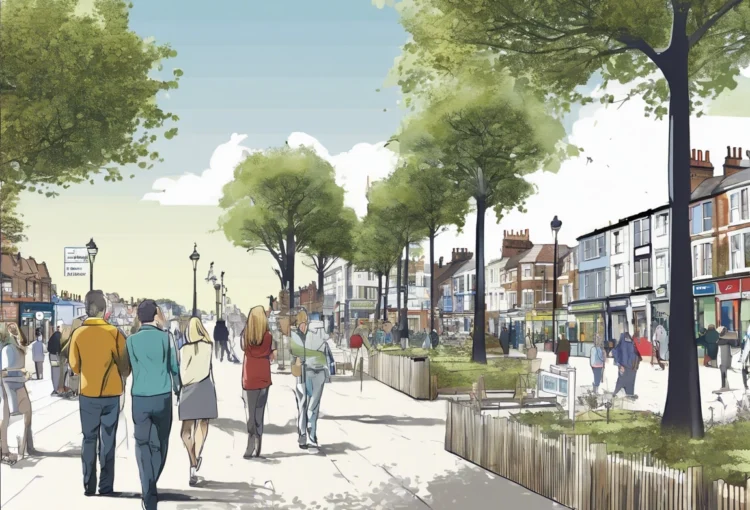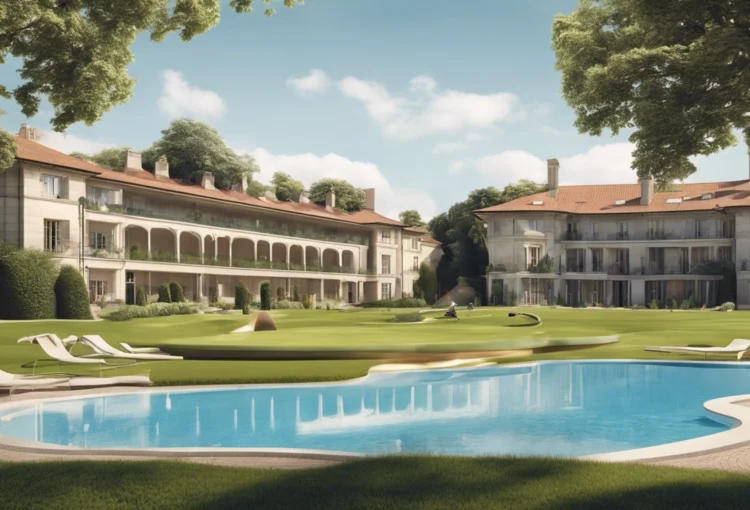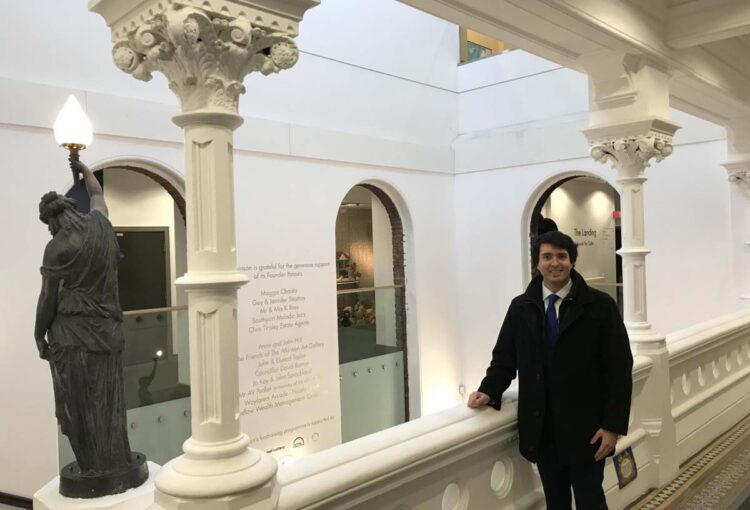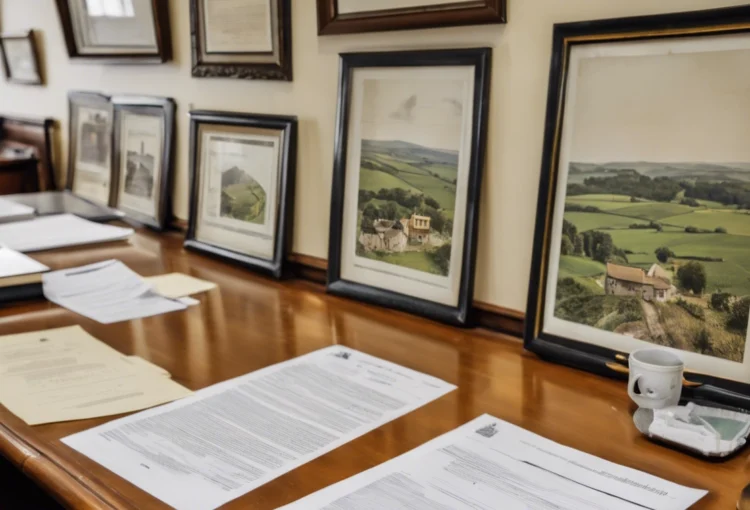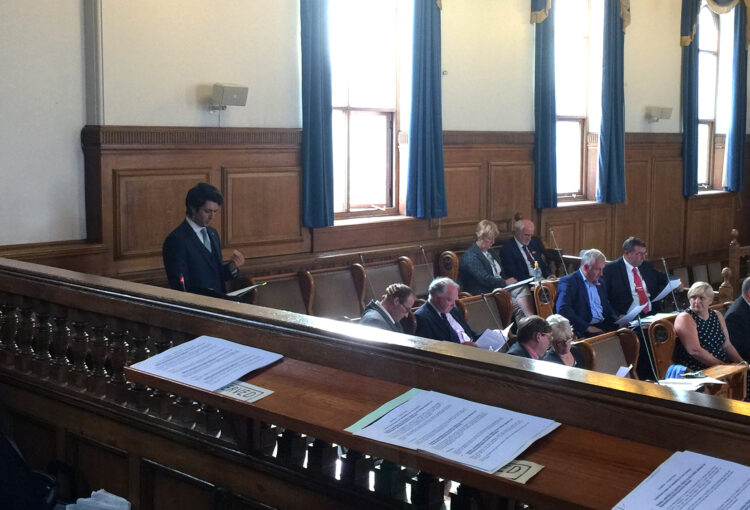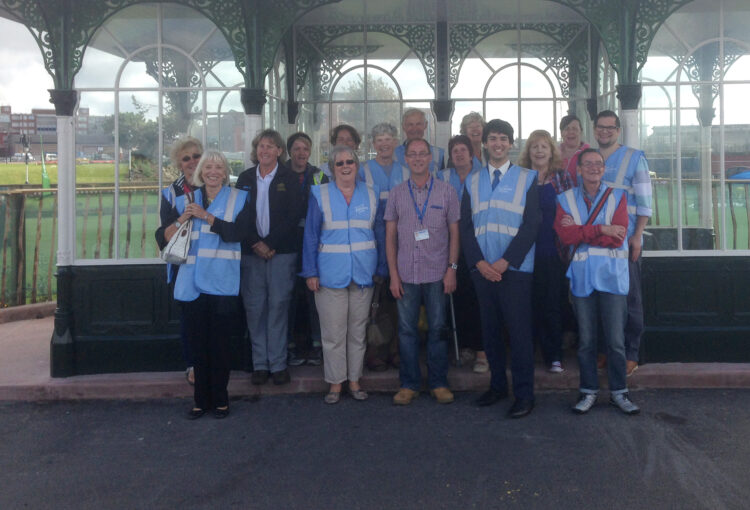
In the United Kingdom, conservation is taken very seriously. To preserve the country’s natural resources and protect various geographical areas, different conservation bills have been passed. The bills protect historical sites, natural habitats, and important environmental features.
Conservation Area Bills regulate the construction, demolition, and alteration of buildings within designated areas to ensure that they maintain their historical character. In residential areas, these bills may restrict the installation of modern windows or doors, the use of certain building materials, or the scope of new construction. Commercial buildings in conservation areas may also face restrictions on signage, lighting or additions that would alter the streetscape.
The benefits of Conservation Area Bills extend beyond the preservation of history and architecture. These areas attract investment, tourism, and are known to enhance social cohesion, civic pride and the local economy. The Bills are, therefore, essential policy instruments to ensure that our cultural heritage is preserved, and that the built environment evolves sustainably while fostering the continued growth of our communities.
One of the earliest conservation bills passed in the UK was the National Parks and Access to the Countryside Act 1949. The Act was introduced to address the issues of access and conservation in the countryside in England and Wales. The act established National Parks and Areas of Outstanding Natural Beauty (AONBs), providing additional protection to these areas, and made it compulsory for local authorities to provide public access to the countryside.
The Wildlife and Countryside Act 1981 was established to protect the country’s wildlife. Under this act, it is an offense to kill, capture, or disturb any wild animal species or to damage their habitat. The act also protects plants, trees, and fungi.
The Environmental Protection Act 1990 created a legal framework for controlling pollution and waste disposal in the UK. The legislation covers pollution control, waste management, and air quality.
More recently, the Marine and Coastal Access Act 2009 was created to protect marine habitats, protect sea life, and promote sustainable development of the country’s coastal regions. The act also strengthens the powers of protection authorities for coastal areas.
Conservation areas are designed to protect and preserve historical buildings and architecture, as well as the unique character of a particular area. However, these areas are increasingly under threat from individuals and organizations that prioritize development over conservation. This has led to continued demolition of buildings, which has not only changed the aesthetic charm but also diluted the social benefit of the areas. Pressure to develop land for economic gain may lead to the loss of the very attributes that make a conservation area special. Demolition is a permanent step, and once lost can never be regained. Preservation of conservation areas is therefore crucial, not only to maintain the historical and architectural value but also to preserve the strong sense of community that these areas provide. While development may be necessary, it should not be at the expense of our cultural heritage and sense of place.
Conservation Area Bills regulate the construction, demolition, and alteration of buildings within designated areas to ensure that they maintain their historical character. In residential areas, these bills may restrict the installation of modern windows or doors, the use of certain building materials, or the scope of new construction. Commercial buildings in conservation areas may also face restrictions on signage, lighting or additions that would alter the streetscape.
The benefits of Conservation Area Bills extend beyond the preservation of history and architecture. These areas attract investment, tourism, and are known to enhance social cohesion, civic pride and the local economy. The Bills are, therefore, essential policy instruments to ensure that our cultural heritage is preserved, and that the built environment evolves sustainably while fostering the continued growth of our communities.


